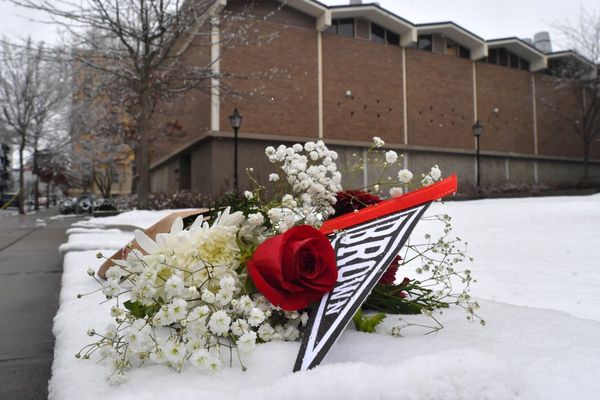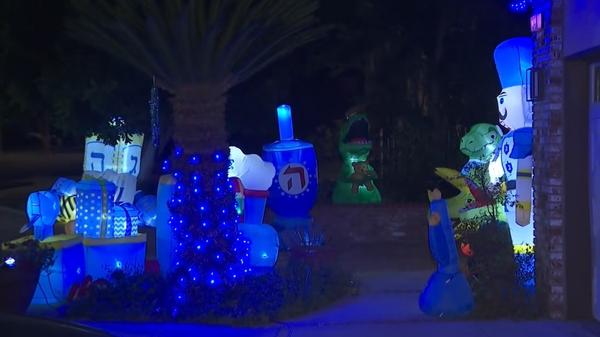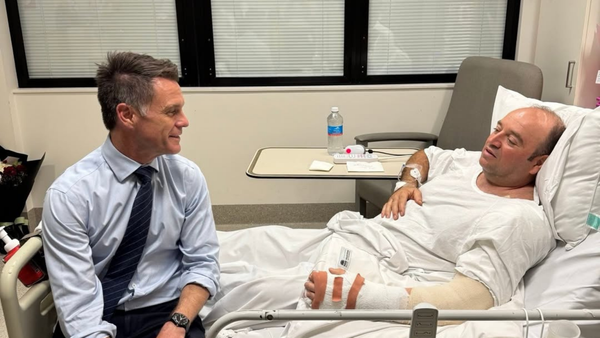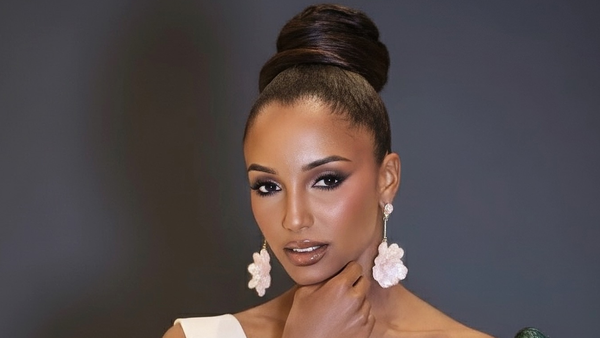
Hours after Emma Raducanu’s latest convincing defeat by Iga Swiatek just a few weeks ago at the French Open, the 22-year-old was understandably still seething. Once again, she had given herself an opportunity to face one of the best players in the world, and once again she simply could not keep up, losing 6-1, 6-2.
Her uncomfortable afternoon on Court Philippe-Chatrier at the end of May was reflective of a pattern that has defined her recent months. Raducanu has performed admirably when facing the players she should defeat, compiling a 14-3 record against lower-ranked players over the past year. Against the elite players, however, she has consistently been flattened.
“I think I have done a pretty good job of staying with and getting some good wins over players not in the top 10,” she said, sighing. “But there is a big difference as you go up into the top five and then playing, like, slam champions. It is a completely different ball game.”
There have been times when those top players have almost appeared to be playing a different sport. Raducanu’s 6-1, 6-2 defeat by Swiatek at Roland Garros had actually marked an improvement after her 6-1, 6-0 loss in their Australian Open third-round match. She has also suffered heavy defeats against Coco Gauff and Zheng Qinwen in recent weeks and is 1-9 against top-five players in her career. The common theme in those performances was how underpowered Raducanu’s game appeared against players who are capable of completely overwhelming her with their superior pace and weight of shot.
Now she will take on the very best, and most powerful, adversary of all in Aryna Sabalenka, the undisputed women’s world No 1. Over the past few years, Sabalenka’s evolution has become one of the most impressive sights in the sport. After arriving on the tour as a wildly inconsistent shot maker who entered every match with the sole intention of bashing the ball as hard as possible while having no control over her emotions, the 27-year-old has evolved into a more refined, well-rounded player who has learned how to harness her power into consistently devastating tennis.
Although the Belarusian’s defeat by Gauff in the French Open final last month showed her that her emotional development is not complete, the nerves she has sometimes exhibited in some of her biggest matches have been completely absent in the early rounds of grand slams. She has now reached the semi-finals or better in nine of her past 10 such tournaments. Her worst result during this period was a quarter-final finish at Roland Garros in 2024, which also came while she was suffering from food poisoning.
Of all the places in the world that Raducanu would like to test her abilities against Sabalenka, however, Centre Court at Wimbledon is number one. She of course gains a sentimental boost from those surroundings, with the occasion on home soil in front of a British crowd consistently inspiring some of her best tennis. This surface also just snugly fits with her game, low-bouncing grass courts also imbuing her serve and ground strokes with more pace.
In recent months, Raducanu has taken significant strides forward as she has tried to develop her game. Having spent the first months of the season struggling with her serve, she opted to change her service motion to a more elongated swing, and it has trended upwards ever since. While her two-handed backhand has long been her best and most natural, they have worked on making her game more forehand-dominant in line with her intentions of being a more attack-minded player.
Those enhancements were all on show during Raducanu’s stellar win over the 2023 champion, Marketa Vondrousova, on Wednesday, one of her best matches of the season. Now she will look to see exactly what she is capable of on her court and her surface across the net from the No 1 in the world.







